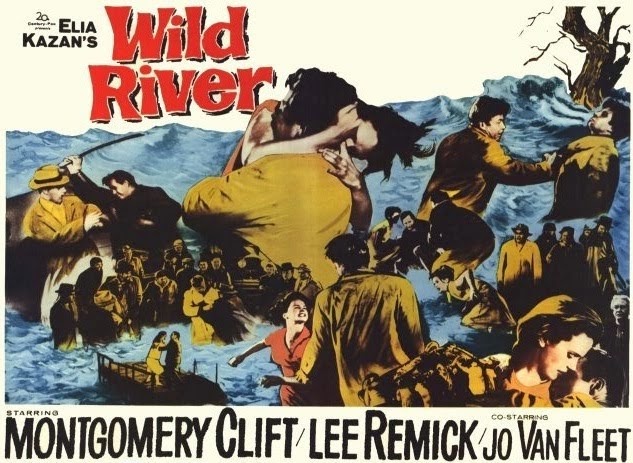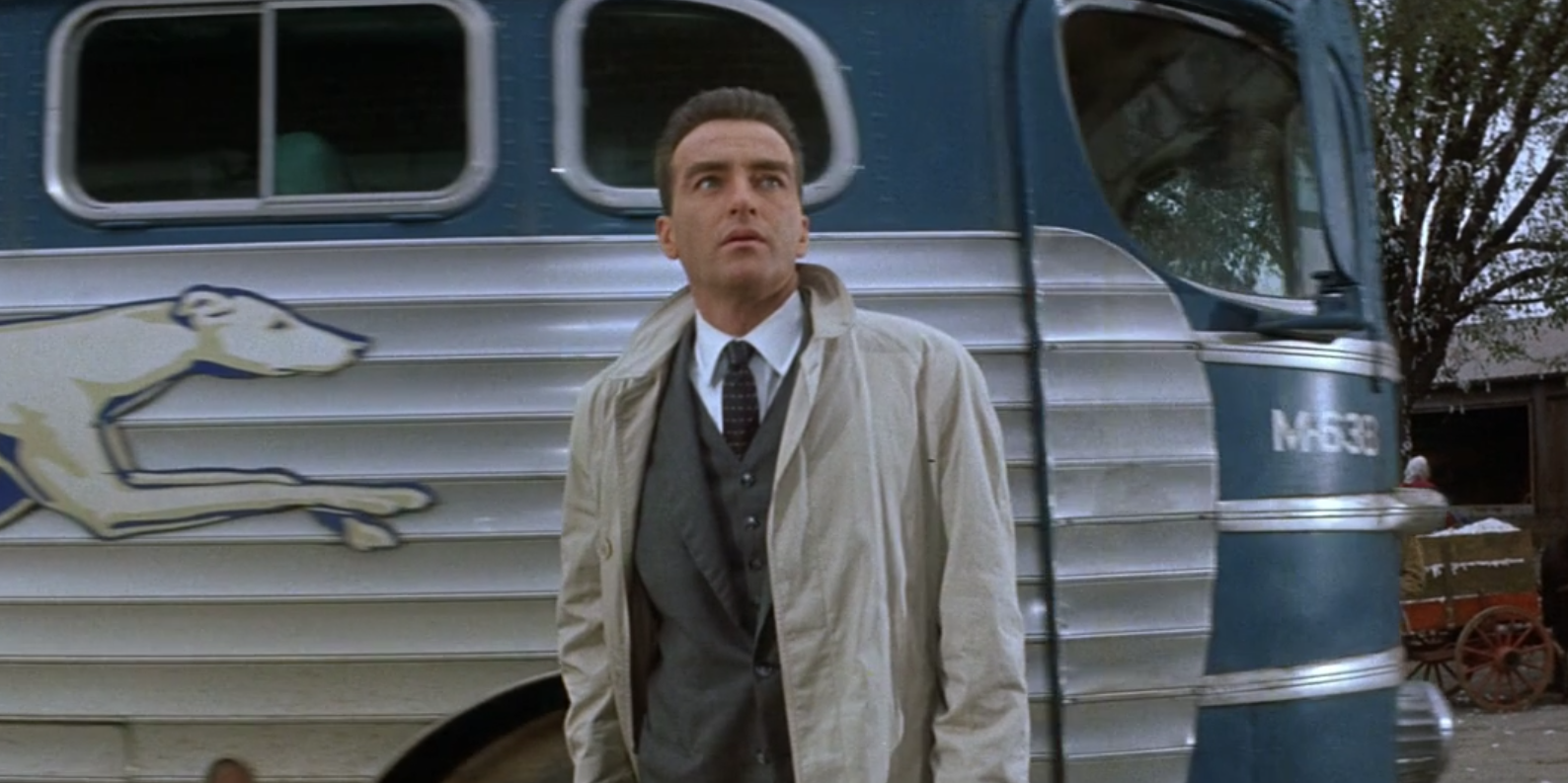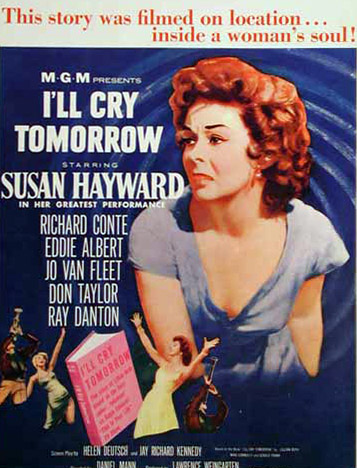Monty @ 100: Forgotten gem "Wild River"
 Wednesday, October 14, 2020 at 10:42PM
Wednesday, October 14, 2020 at 10:42PM by Nathaniel R

 Clift arrives in Tennessee, a Federal employee who the locals will not take well to.
Clift arrives in Tennessee, a Federal employee who the locals will not take well to.
When speaking about new movies, we often discuss the vagaries of film distribution and studio support both in terms of audience outreach and awards campaign. These things often effect how movies are received, for better and worse. Less discussed, probably because interest is always more niche when it comes to older films, is how important both continued availability and awards play, are to an enduring reputation, once a movie is "old". Some films are forgotten for a reason, but there are plenty that would be better regarded if they had remained readily available to the public. Such I'd argue is the case with Elia Kazan's Wild River...



